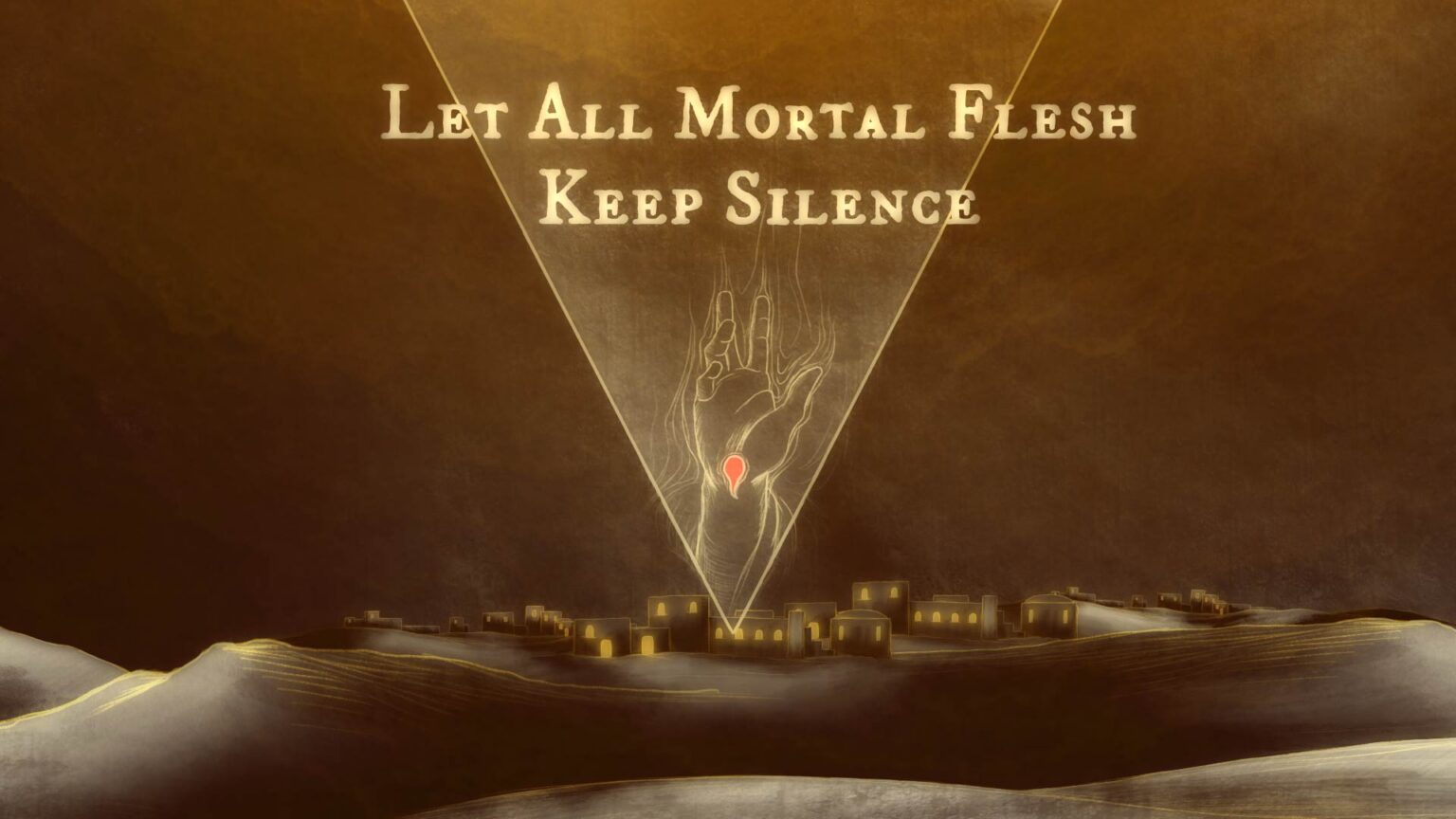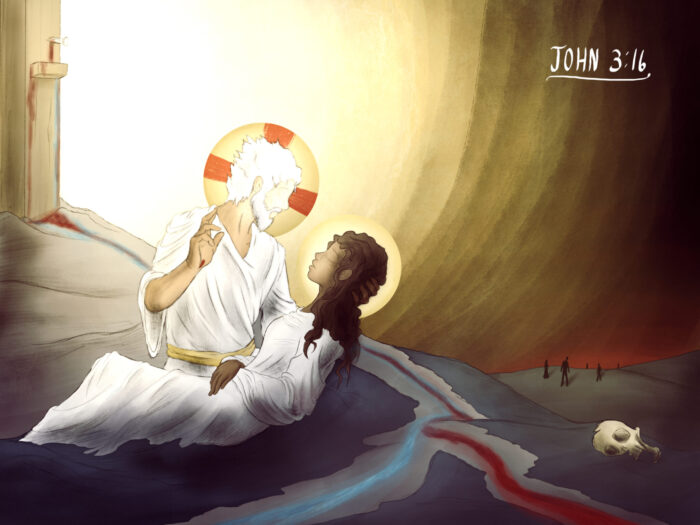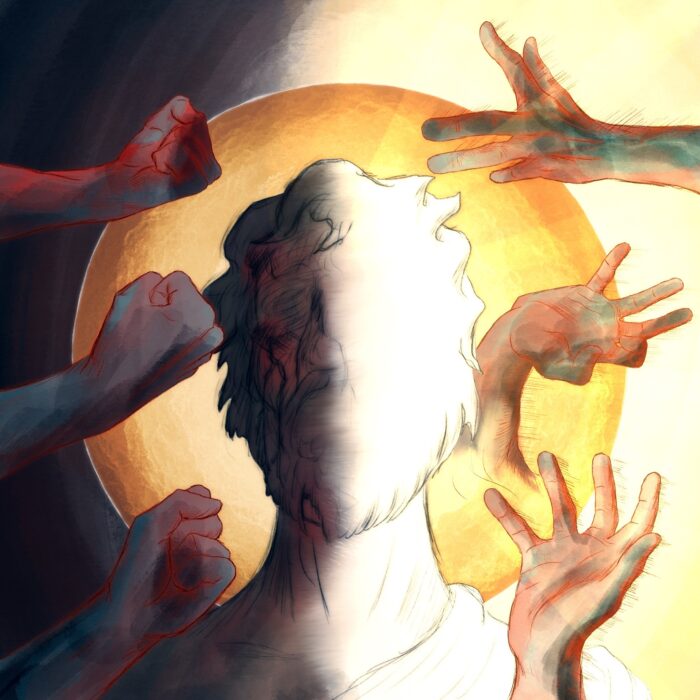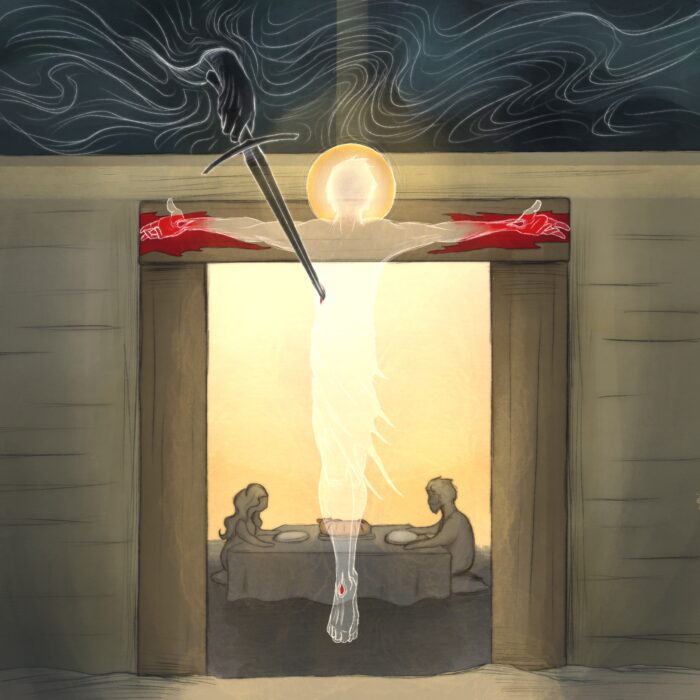An Overview
In Isaiah 6:1, Isaiah sees the Lord God “high and lifted up” in glory on His throne. Throughout Isaiah, the repeated theme is that YHWH alone is to be exalted, He alone is Savior–there is no other, and He shares His glory with none. But then, in Isaiah 52:13, that same phrase–“high and lifted up.” is applied to the Suffering Servant of the Lord. The Servant too will be exalted, however as we read on in Isaiah 52 and 53, the Servant’s exaltation seems starkly different than that of the Lord in chapter 6. The Servant will be marred beyond human semblance, stricken, smitten, afflicted, and finally slain for the sake of the sins of his people….and this, says Isaiah, is his exaltation.
Both streams of thought are brought together in John 8:28 when Jesus–who is YHWH incarnate–says that when He is “lifted up” on the cross as the Suffering Servant, then the world will know that He is the climactic and definitive revelation of God. The exalted Lord of Isaiah 6 is the Suffering Servant of Isaiah 52; the glory from which seraphim hide their faces in Isaiah 6 is the marring from which men hide their faces in Isaiah 53; and this seraph-humbling, king-silencing, world-redeeming glory is manifest most completely only when the incarnate Lord is “high and lifted up” on the throne of the cross as the Suffering Servant.
Free Discussion Guide




